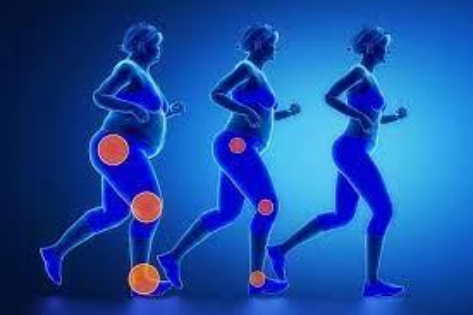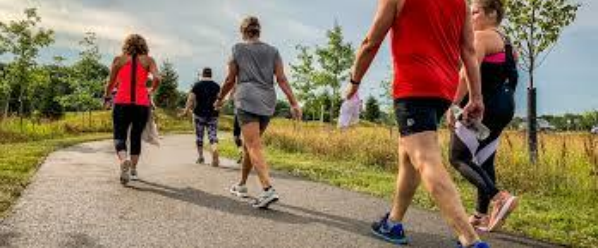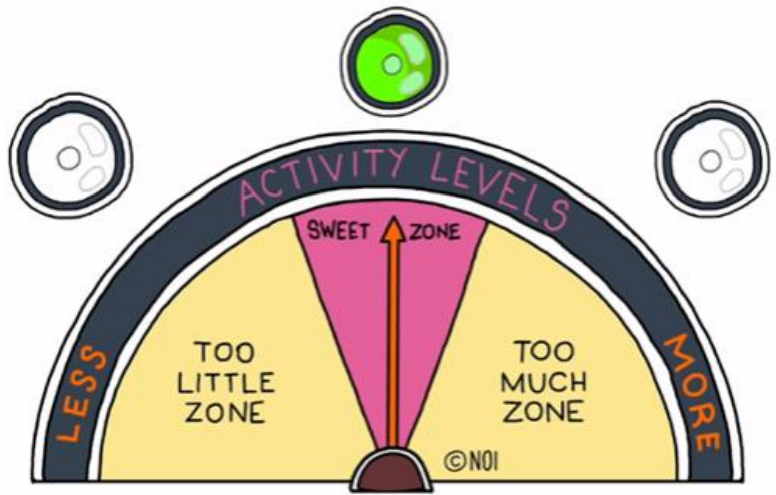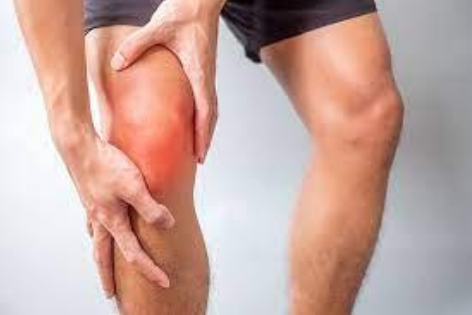Three important messages about Osteoarthritis:
- Education, exercise, and weight management are essential.
- Movement is GOOD and NECESSARY for healthy joints.
- Walking is a great and simple way to get started.
Your Physiotherapist can assist you in getting started with the best exercises for you!
What is Osteoarthritis?
Osteoarthritis (OA) has traditionally been described as a condition where a joint undergoes ‘wear and tear’ and that further joint use will worsen it.
However, this could not be further from the truth!
The most recent scientific evidence now indicates that OA is a low-level body-wide systemic inflammatory condition that manifests in our joints. Excessive inflammation causes structural changes to the protective cartilage surface of our joints which can result in pain.
Importantly, many individuals with even ‘severe’ osteoarthritis can be ASYMPTOMATIC (i.e. have no pain or symptoms) AND the level of cartilage breakdown seen on x-ray does not always correlate with levels of pain an individual may experience.
Individuals with more body fat are more likely to have osteoarthritis than individuals with greater lean mass, regardless of the weight on the scale. This is because fatty tissue increases the amount of inflammatory chemicals in our bodies, thus worsening the inflammatory processes that drive arthritis.

That is why losing fat can help improve your symptoms as this reduces your systemic (whole-body) inflammation. Gaining lean muscle mass and strength also helps as our body can move more efficiently and easily.
OA is commonly characterised by joint-related pain, in which pain can limit movement. Over time, structures around the knee may become weak, sensitive, and deconditioned. This can be a vicious cycle as everyday activities become increasingly harder to do.
Contrary to widespread belief, cartilage responds positively to loading and exercise, just like bone and muscle also do.

It is important to note that cartilage is always surrounded by a fluid called ‘synovial fluid’, which acts as a lubricant, shock absorption system and provides nourishment to the cartilage. As many people are quick to describe ‘bone on bone’, there may still be a reduced volume of synovial fluid and meniscus (cartilage) providing some degree of padding to the joint.

The structure of cartilage is sponge-like, and it requires load to draw in and push out the synovial fluid for NOURISHMENT as it lacks its own blood supply.
CARTILAGE HEALTH ACTUALLY IMPROVES WITH EXERCISE THROUGH THE NOURISHING PROCESS!
Improvement in cartilage health may be associated with or even cause a reduction in pain which is fascinating.
Exercise: Top Tips
- It is important that we optimally load muscles in such a way that the joint is not excessively aggravated.
- Having guidance and help early on with one of our Physiotherapists is crucial.
- Trialling new exercises on your own can cause more harm than good as all exercises need a graduated and sometimes modified approach.
- Land-based strengthening programmes (with their weight-bearing components) are useful for restoring strength and function to the joints and muscles you use in daily life.
- Exercises in the pool may be a suitable place to start if you are struggling with movement and pain.
- After starting a pool programme for a few weeks, consider progressing to land-based exercises under the guidance of your Physiotherapist.
- There are so many different forms of exercise that can help, so it is important to pick one that you like and enjoy doing as you will be more likely to stick to it.
The Sweet Zone
- It can be easy to underdo or overdo it with exercise: too little and we do not get much benefit for cartilage, too much and we can end up in pain.

- Everyone has a specific SWEET ZONE in which exercise is optimal for them to improve their cartilage health and pain. Sometimes this can be tricky to figure out, but the results can be quite magical!
- This is where your physiotherapist can help, especially with finding out what exercise works for you and that you also enjoy doing.
Do I need an injection or surgery?
An injection such as cortisone may be useful in quelling pain in the short term, however, this is not a permanent solution and should be considered a second line measure that accompanies education, exercise, and weight management.
As per the RACGP (Royal Australian College of General Practitioners) guidelines, all individuals with osteoarthritis should be offered exercise, education, and weight management first before trialling other more invasive options.

Injections can be a useful tool for the right patient but only if pain is a significant barrier to participating in exercise. Much the same can be said for surgery. Other options should be exhausted or trialled before this step is considered, as well as their associated costs, risks and benefits. Surgery is appropriate for the RIGHT PATIENT, but it should not come as the first choice in the management of osteoarthritis.
How can Power Physiotherapy help?
- We can provide Education and Advice regarding activity modifications to assist with symptom relief.
- We perform a thorough assessment of current capabilities to provide a tailored exercise program at the appropriate level.
- We provide continued support and motivation on the exercise journey to help you reach your goals.
- To assist pain relief, we also provide ‘Hands-on’ therapy such as joint mobilisation techniques and soft tissue massage. This can be especially important in the early stages when management of your condition is just starting, OR during a flare-up.
- We offer other modalities such as dry needling, electrotherapy (laser and ultrasound) and taping for pain relief and optimised healing.
The sooner we start reducing your pain, the faster (and easier) it is to begin your mobility and exercise programme.
Summary

Whilst osteoarthritis is a lifelong condition, pain and disability DOES NOT HAVE TO BE! EXERCISE, EDUCATION and WEIGHT MANAGEMENT need to be the bread and butter of our rehabilitation before we consider more invasive treatments which can be costly, risky and may not always work.
Our Physiotherapists and Power Physiotherapy can help you understand your condition and empower you to take control of your health.




